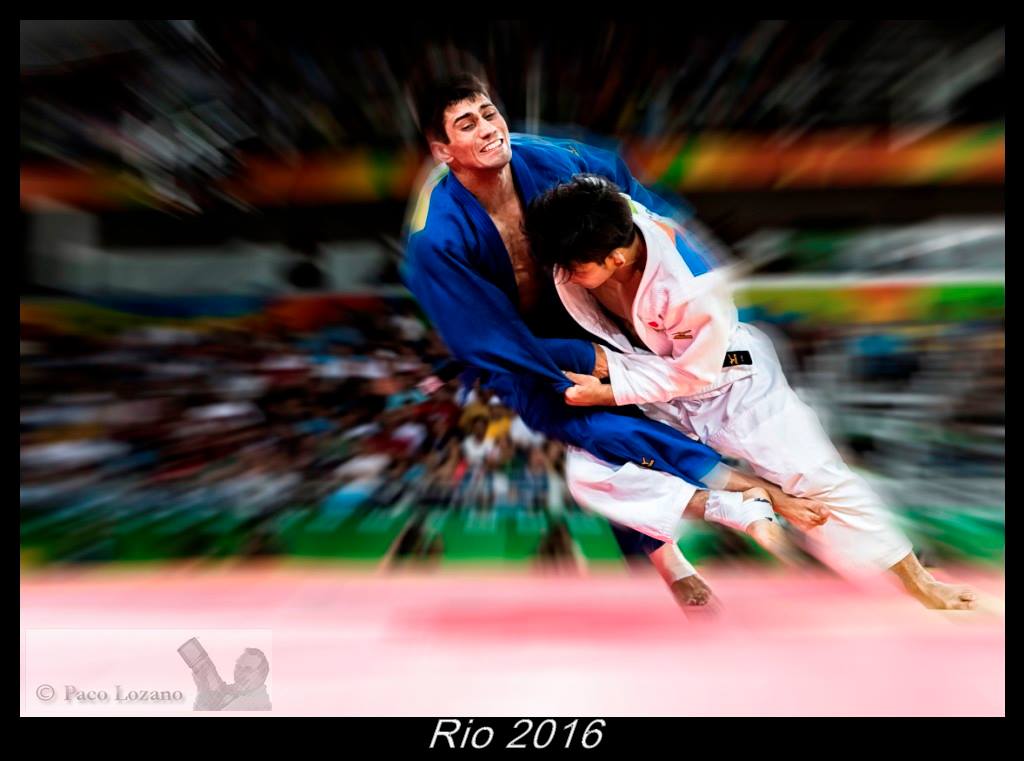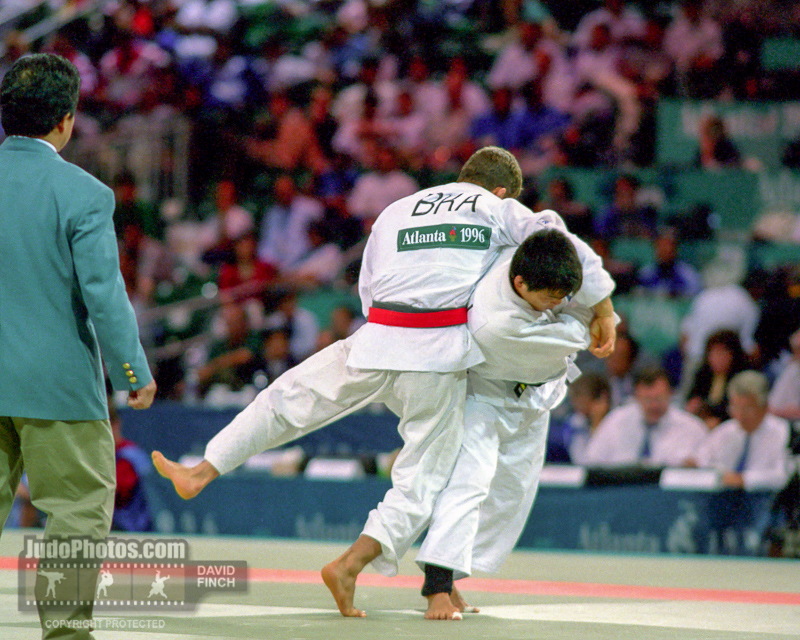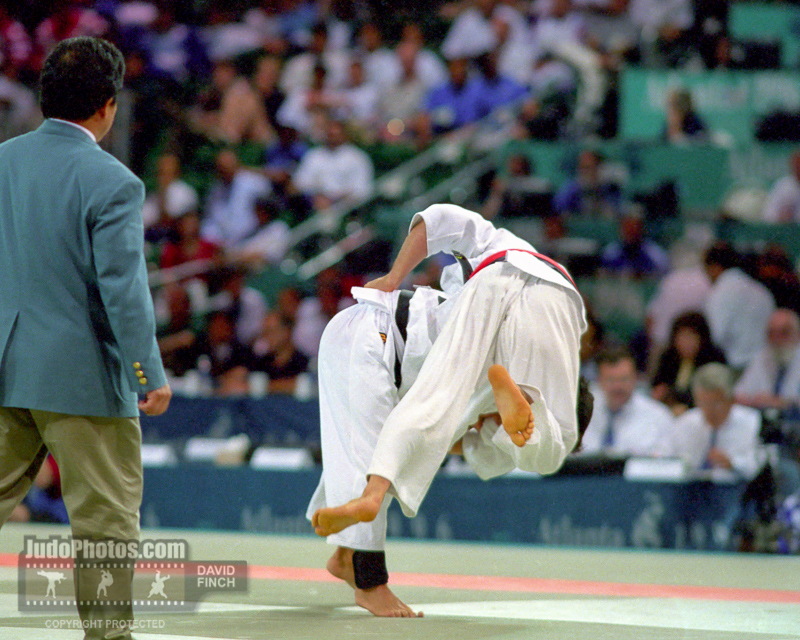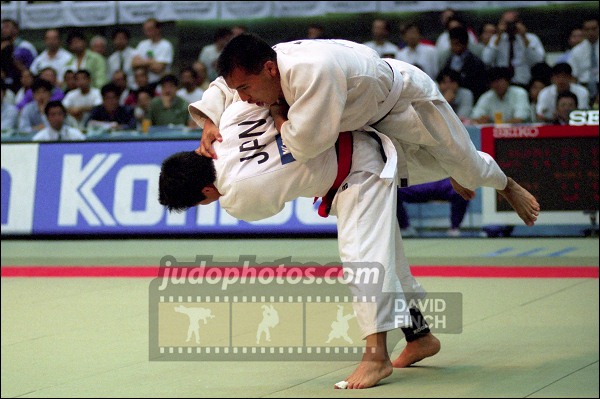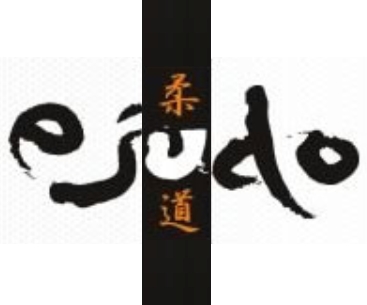Get your tsukuri right then the kuzushi will happen
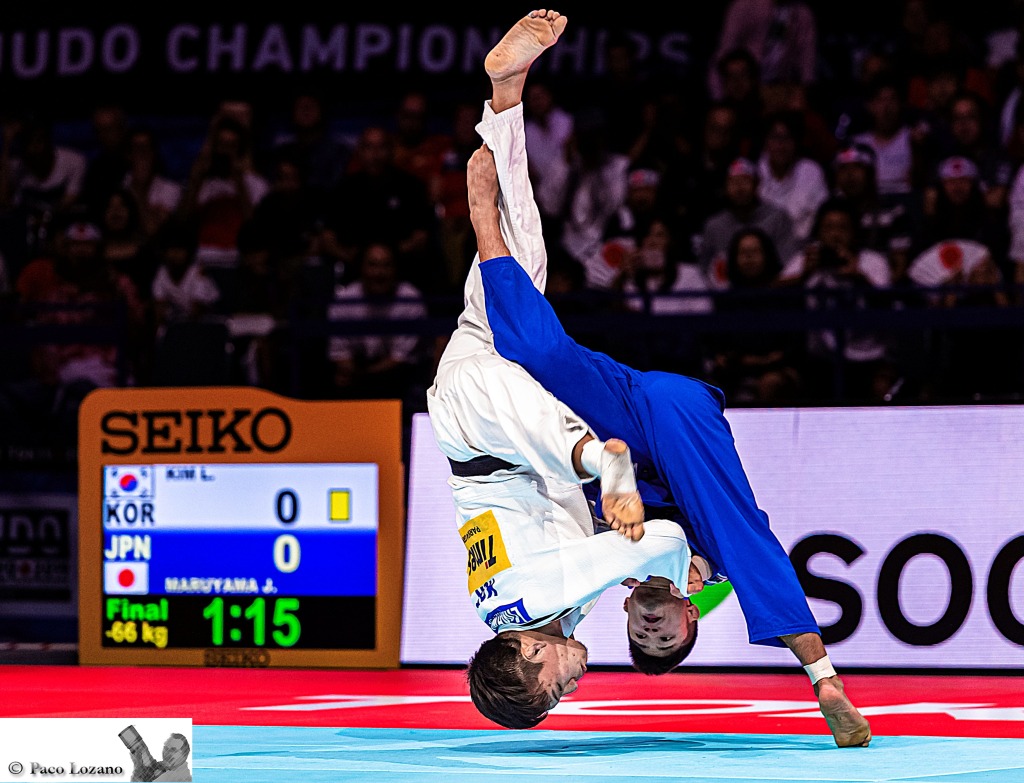
 12 Jun 2020 11:40
12 Jun 2020 11:40
 by Oon Yeoh of JudoCrazy
by Oon Yeoh of JudoCrazy
 Paco Lozano / Judo y Otros
Paco Lozano / Judo y Otros
How important is your kuzushi in judo. Oon Yeoh of JudoCrazy explains of Kuzushi is really one of the keys in current judo. Is kuzushi necessary in order to throw an opponent? You would think the answer would be an obvious yes, but this question requires a more nuanced answer.
First of all, let's define what kuzushi means in the context of judo. Usually, it's translated as "unbalancing" your opponent. But that's not all. It's not just the act of unbalancing uke. There's also a timing element tied to the act of kuzushi. According to classical (or traditional) judo teaching, kuzushi has to happen before tsukuri, which is when you enter into the technique.
While I obviously believe that you'll need to unbalance uke in order to throw him, I don't believe that it happens before tsukuri. Why do I say so? Because I've watched thousands (actually make that, tens of thousands) of hours of competition video and I've noticed that nobody does kuzushi the classical way (that is, kuzushi before tsukuri). That only happens in demonstrations, never in competitions.
So what happens in competition? Answer: Kuzushi and tsukuri happen at the same time.
Watch any clips of Toshihiko Koga doing his famous standing ippon-seoi-nage. He doesn't pull uke forward onto his tippy toes before entering into the technique. He pulls uke forwards and upwards (unbalancing him) as he enters into the technique. In other words, kuzushi and tsukuri happen at the same time.
If Koga's a bit too older-generation for you, let's look at some of today's players then. Check out Shohei Ono's osoto-gari. Does his unbalance uke before entering into the technique? No, he unbalances uke as he enters into the technique. Watch Joshiro Maruyama's uchimata or Hifumi Abe's sode-tsurikomi-goshi. Neither one of these guys unbalance their opponents before entering into the technique. The unbalancing happens as they enter.
Even the Japanese themselves don't attempt to do kuzushi the classical way (i.e. before tsukuri). Why not though?
There are two reasons. Firstly, even if it were possible to adequately unbalance uke before you enter into the attack, this is not something you would want to do because uke will react accordingly and defend against your throw. If you pull uke forward, for example, he would know that you are aiming for a forward attack. If you push him backward, he will know you're about to do a backward attack. Why notify uke what you're about to do?
In any event, it's impossible to achieve the kind of kuzushi that you see done in demonstrations, in a competition situation. Both players will be grip-fighting fiercely: pulling, pushing, moving, breaking grips, blocking and so on. Good luck trying to position uke onto his tippy toes before entering into a seoi-nage. It's just not going to happen.
Kuzushi happens during tsukuri because the very act of entering into the technique causes uke to be unbalanced. Again, watch Koga, Ono, Maruyama or Abe. Their entry into the throw is what causes uke to be unbalanced.
So, what's the implication of this? The main thing is to not worry about achieving kuzushi. Just focus on tsukuri. If you get your tsukuri right, the kuzushi will happen.
If you're going to do standing ippon-seoi-nage ala Koga, practice entering into the technique with split legs. Pull and lift uke (forward and upward) as you turn into the technique. By the time you've made the full turn, uke would have already become unbalanced and loaded onto your back.
 like
like
 share
share
.jpg)
| Result | City | Date |
|---|---|---|
| 2 | Paris | 2024 |
| 1 | Abu Dhabi | 2024 |
| 1 | Zagreb | 2024 |
| 3 | Belgrade | 2023 |
| 2 | Montpellier | 2023 |

